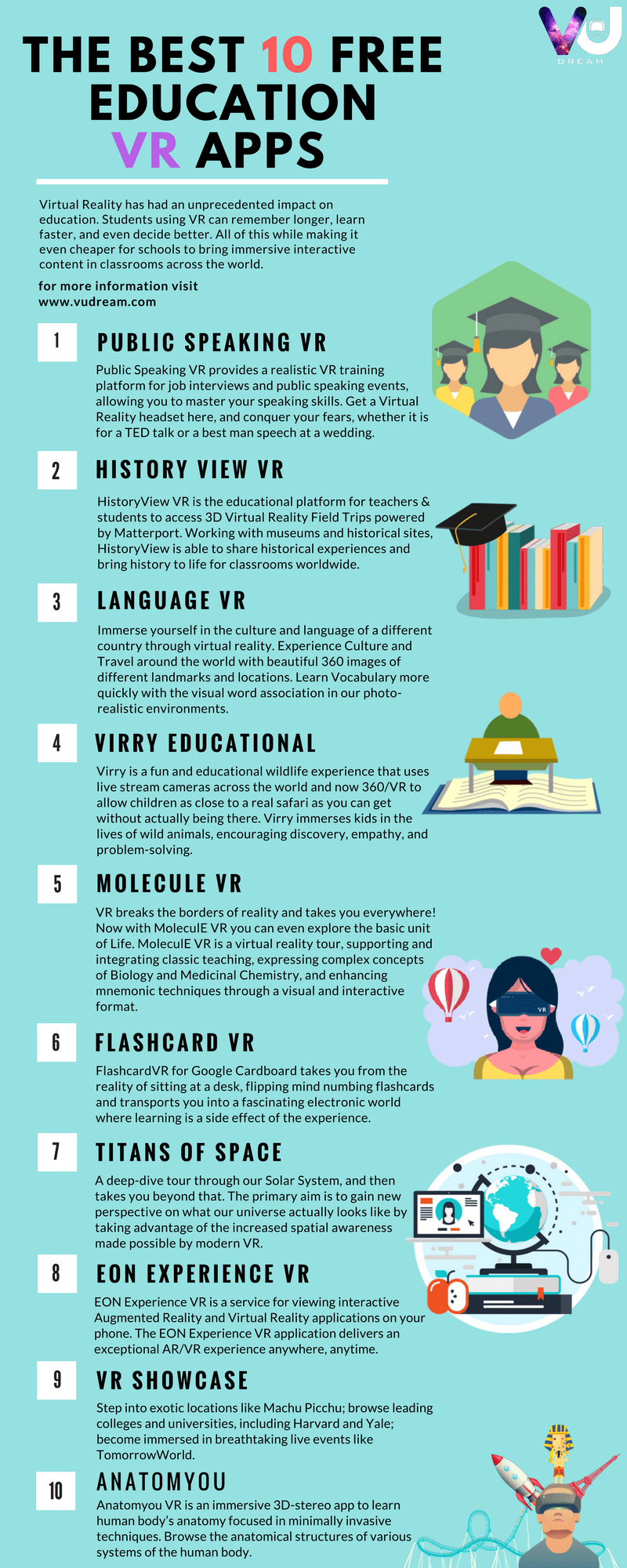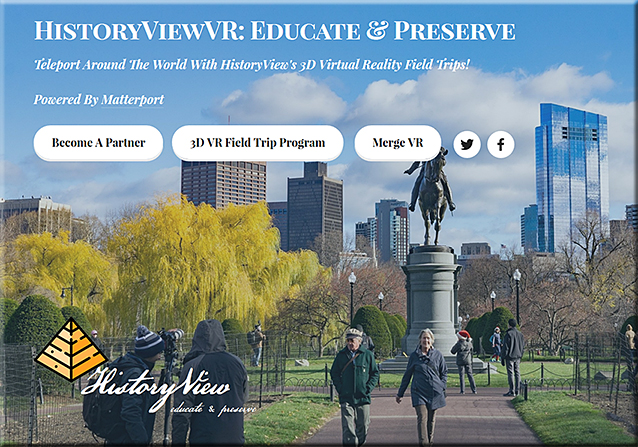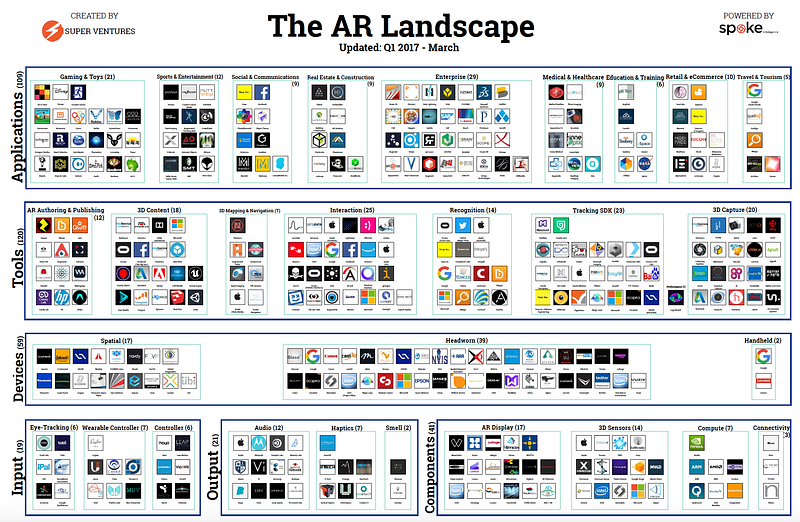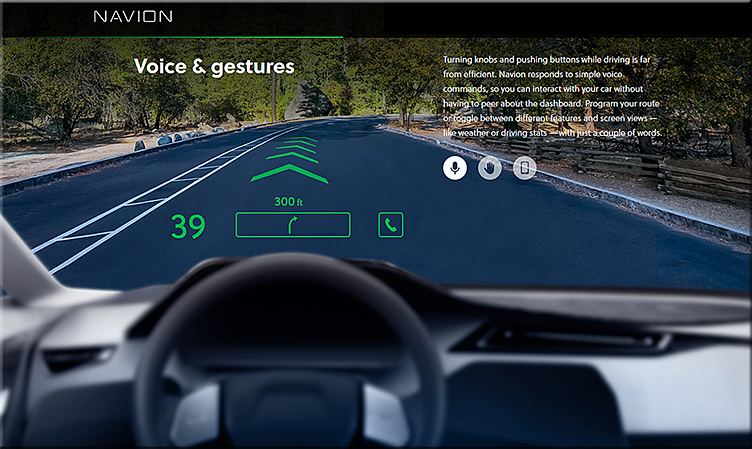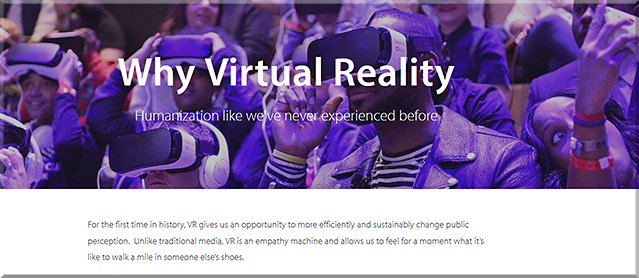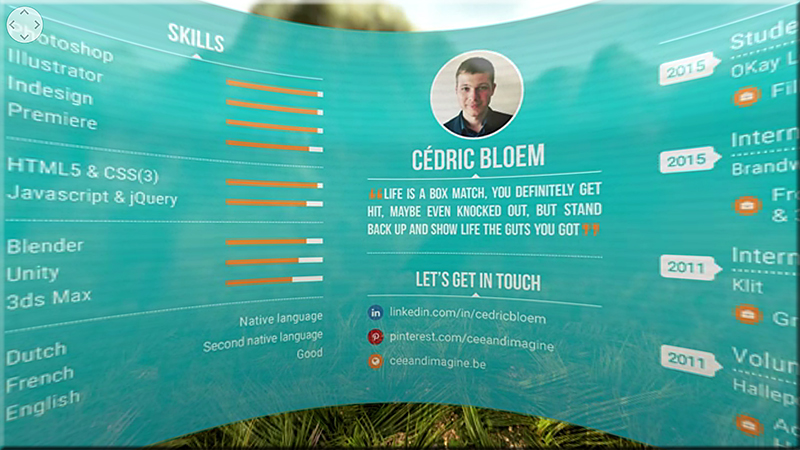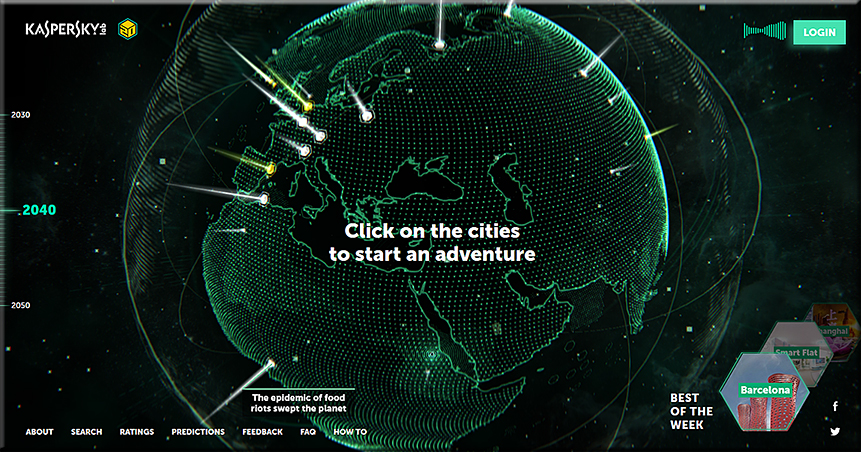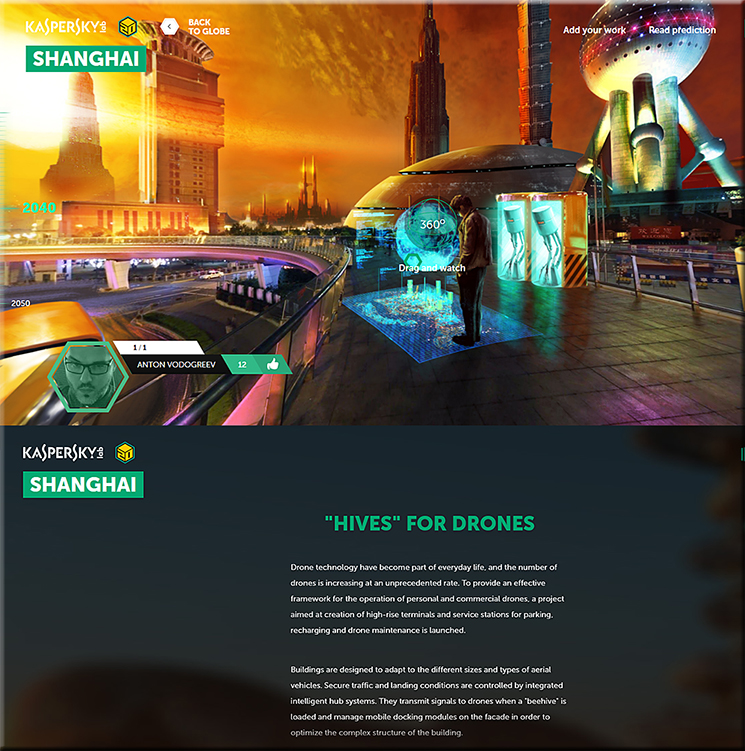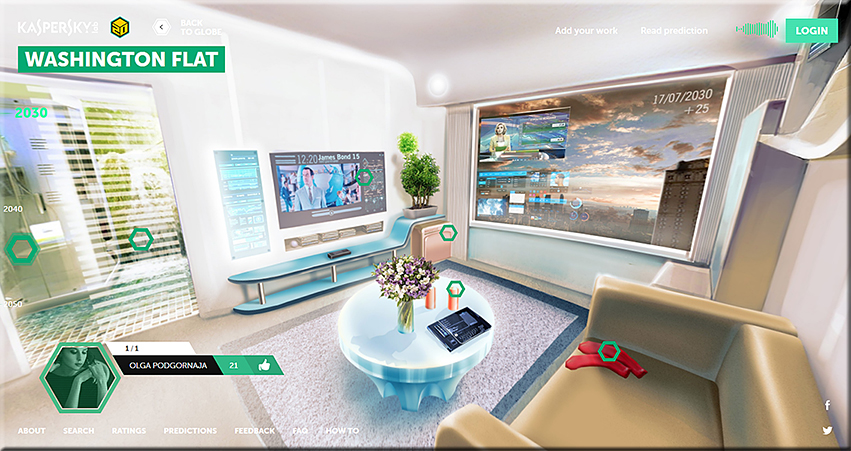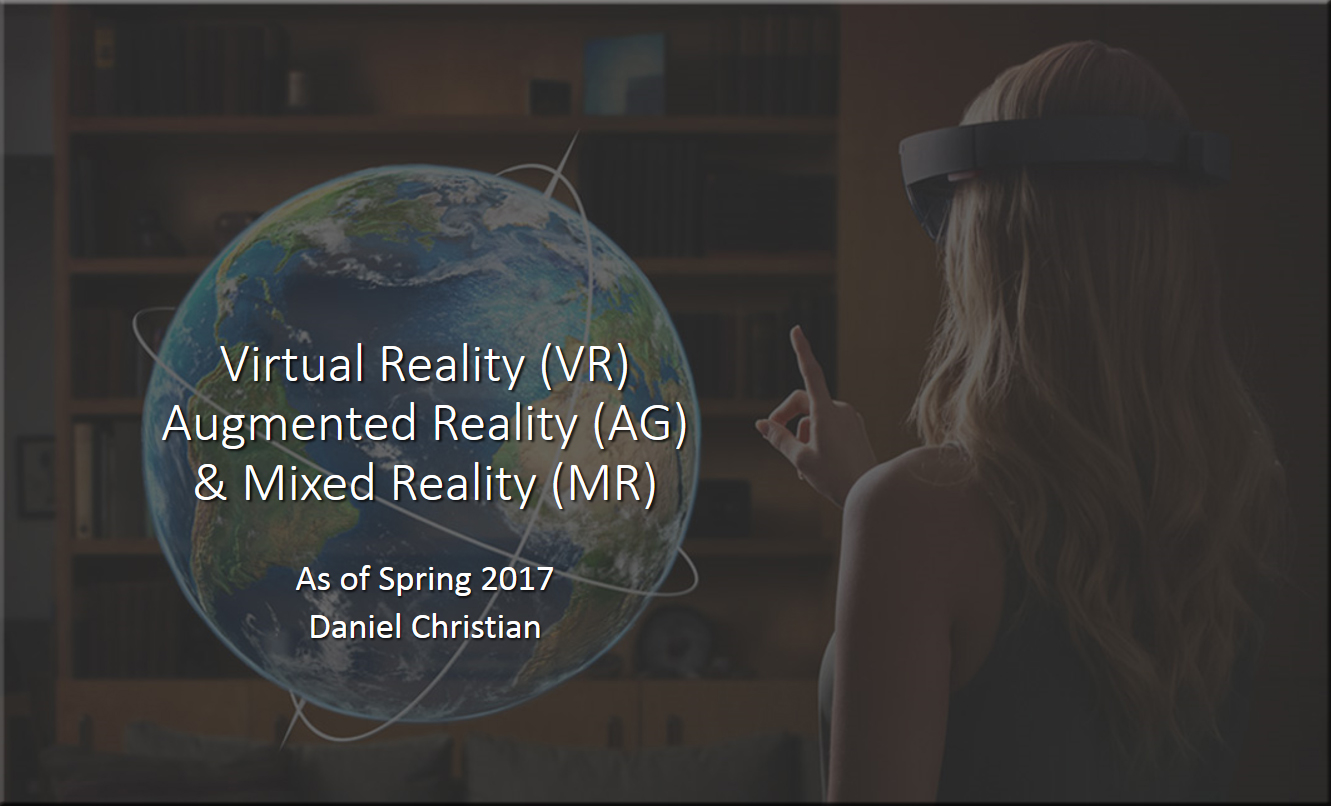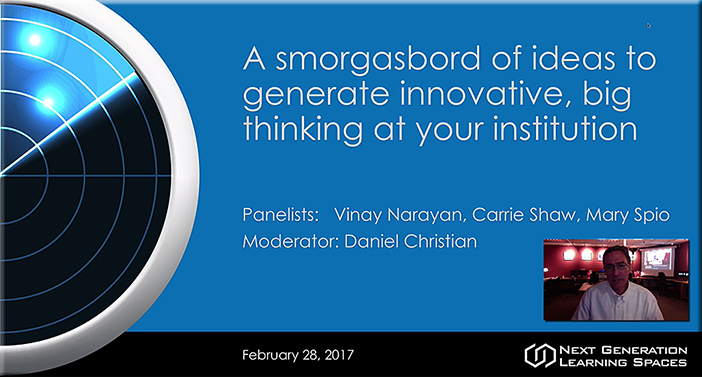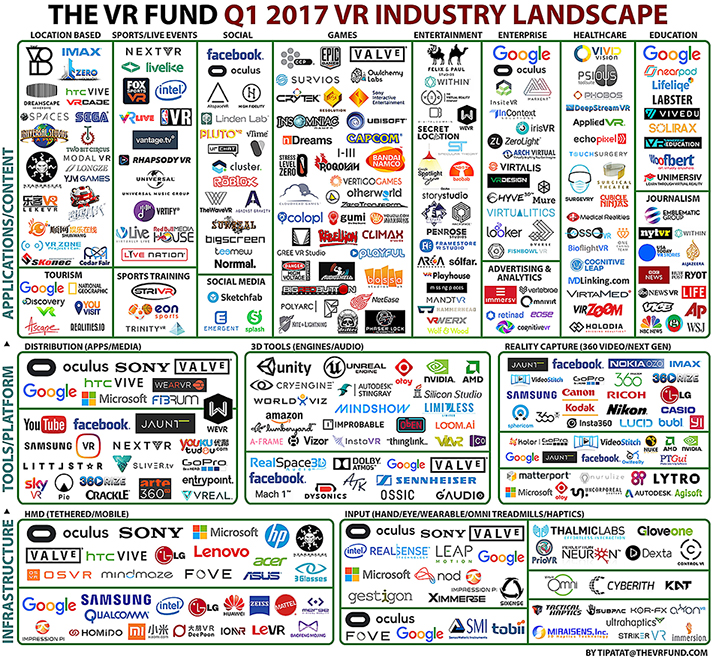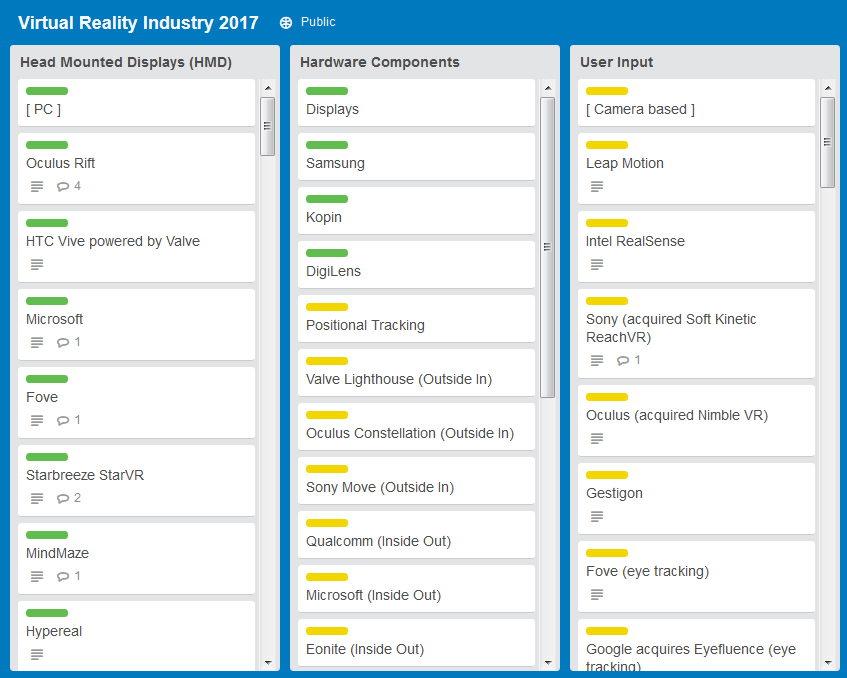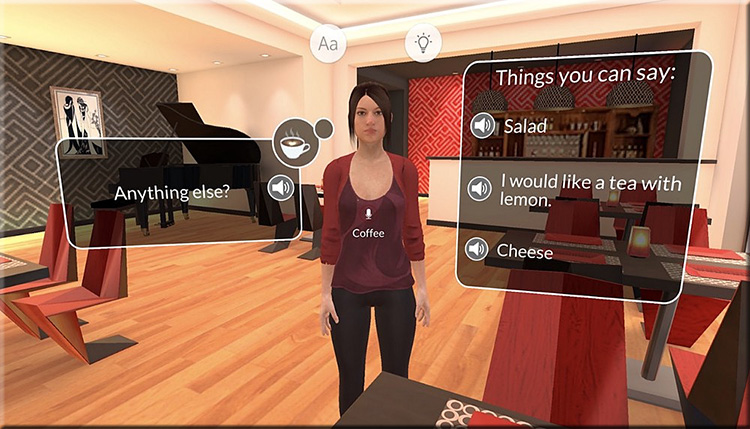Adobe unveils new Microsoft HoloLens and Amazon Alexa integrations — from geekwire.com by Nat Levy
Introducing the AR Landscape — from medium.com by Super Ventures
Mapping out the augmented reality ecosystem
Alibaba leads $18M investment in car navigation augmented reality outfit WayRay — from siliconangle.com by Kyt Dotson
Excerpt:
WayRay boasts the 2015 launch of Navion, what it calls the “first ever holographic navigator” for cars that uses AR technology to project a Global Positioning System, or GPS, info overlay onto the car’s windshield.
Just like a video game, users of the GPS need only follow green arrows projected as if onto the road in front of the car providing visual directions. More importantly, because the system displays on the windscreen, it does not require a cumbersome headset or eyewear worn by the driver. It integrates directly into the dashboard of the car.
The system also recognizes simple voice and gesture commands from the driver — eschewing turning of knobs or pressing buttons. The objective of the system is to allow the driver to spend more time paying attention to the road, with hands on the wheel. Many modern-day onboard GPS systems also recognize voice commands but require the driver to glance over at a screen.
Viro Media Is A Tool For Creating Simple Mobile VR Apps For Businesses — from uploadvr.com by Charles Singletary
Excerpt:
Viro Media is supplying a platform of their own and their hope is to be the simplest experience where companies can code once and have their content available on multiple mobile platforms. We chatted with Viro Media CEO Danny Moon about the tool and what creators can expect to accomplish with it.
Listen to these podcasts to dive into virtual reality — from haptic.al by Deniz Ergürel
We curated some great episodes with our friends at RadioPublic
Excerpt:
Virtual reality can transport us to new places, where we can experience new worlds and people, like no other. It is a whole new medium poised to change the future of gaming, education, health care and enterprise. Today we are starting a new series to help you discover what this new technology promises. With the help of our friends at RadioPublic, we are curating a quick library of podcasts related to virtual reality technology.
Psychologists using virtual reality to help treat PTSD in veterans — from kxan.com by Amanda Brandeis
Excerpt:
AUSTIN (KXAN) — Virtual reality is no longer reserved for entertainment and gamers, its helping solve real-world problems. Some of the latest advancements are being demonstrated at South by Southwest.
Dr. Skip Rizzo directs the Medical Virtual Reality Lab at the University of Southern California’s Institute for Creative Technologies. He’s helping veterans who suffer from post-traumatic stress disorder (PTSD). He’s up teamed with Dell to develop and spread the technology to more people.
NVIDIA Jetson Enables Artec 3D, Live Planet to Create VR Content in Real Time — from blogs.nvidia.com
While VR revolutionizes fields across everyday life — entertainment, medicine, architecture, education and product design — creating VR content remains among its biggest challenges.
Excerpt:
At NVIDIA Jetson TX2 launch [on March 7, 2017], in San Francisco, [NVIDIA] showed how the platform not only accelerates AI computing, graphics and computer vision, but also powers the workflows used to create VR content. Artec 3D debuted at the event the first handheld scanner offering real-time 3D capture, fusion, modeling and visualization on its own display or streamed to phones and tablets.
Project Empathy
A collection of virtual reality experiences that help us see the world through the eyes of another
Excerpt:
Benefit Studio’s virtual reality series, Project Empathy is a collection of thoughtful, evocative and surprising experiences by some of the finest creators in entertainment, technology and journalism.
Each film is designed to create empathy through a first-person experience–from being a child inside the U.S. prison system to being a widow cast away from society in India. Individually, each of the films in this series presents its filmmaker’s unique vision, portraying an intimate experience through the eyes of someone whose story has been lost or overlooked and yet is integral to the larger story of our global society. Collectively, these creatively distinct films weave together a colorful tapestry of what it means to be human today.
Work in a high-risk industry? Virtual reality may soon become part of routine training — from ibtimes.cok.uk by Owen Hughes
Immersive training videos could be used to train workers in construction, mining and nuclear power.
At Syracuse University, more students are getting ahold of virtual reality — from dailyorange.com by Haley Kim
As Instructors Experiment With VR, a Shift From ‘Looking’ to ‘Interacting’ — from edsurge.com by Marguerite McNeal
Excerpt:
Most introductory geology professors teach students about earthquakes by assigning readings and showing diagrams of tectonic plates and fault lines to the class. But Paul Low is not most instructors.
“You guys can go wherever you like,” he tells a group of learners. “I’m going to go over to the epicenter and fly through and just kind of get a feel.”
Low is leading a virtual tour of the Earth’s bowels, directly beneath New Zealand’s south island, where a 7.8 magnitude earthquake struck last November. Outfitted with headsets and hand controllers, the students are “flying” around the seismic hotbed and navigating through layers of the Earth’s surface.
Low, who taught undergraduate geology and environmental sciences and is now a research associate at Washington and Lee University, is among a small group of profs-turned-technologists who are experimenting with virtual reality’s applications in higher education.
These University Courses Are Teaching Students the Skills to Work in VR — from uploadvr.com
Excerpt:
“As virtual reality moves more towards the mainstream through the development of new, more affordable consumer technologies, a way needs to be found for students to translate what they learn in academic situations into careers within the industry,” says Frankie Cavanagh, a lecturer at Northumbria University. He founded a company called Somniator last year with the aim not only of developing VR games, but to provide a bridge between higher education and the technology sector. Over 70 students from Newcastle University, Northumbria University and Gateshead College in the UK have been placed so far through the program, working on real games as part of their degrees and getting paid for additional work commissioned.
Working with VR already translates into an extraordinarily diverse range of possible career paths, and those options are only going to become even broader as the industry matures in the next few years.
Scope AR Brings Live, Interactive AR Video Support to Caterpillar Customers — from augmented.reality.news by Tommy Palladino
Excerpt:
Customer service just got a lot more interesting. Construction equipment manufacturer Caterpillar just announced official availability of what they’re calling the CAT LIVESHARE solution to customer support, which builds augmented reality capabilities into the platform. They’ve partnered with Scope AR, a company who develops technical support and training documentation tools using augmented reality. The CAT LIVESHARE support system uses Scope AR’s Remote AR software as the backbone.
New virtual reality tool helps architects create dementia-friendly environments — from dezzen.com by Jessica Mairs
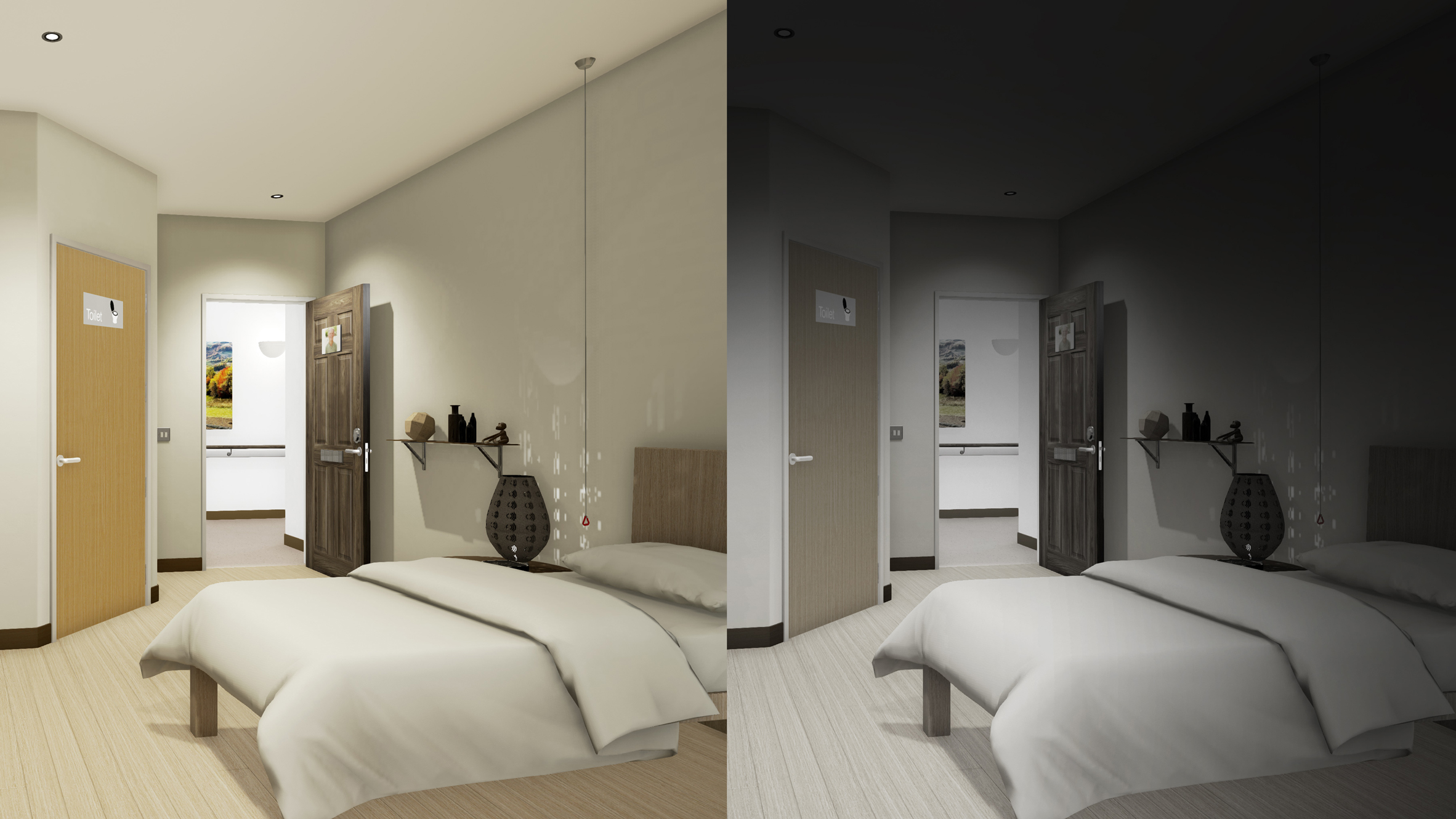
Visual showing appearance of a room without and with the Virtual Reality Empathy Platform headset
As teaching and learning spaces, technologies and applications continually evolve, it’s crucial to determine where we’re headed and what we hope to accomplish. EDUCAUSE, higher education’s largest technology association, is offering a variety of online webinars and sessions exploring key topics within the future of higher ed teaching and learning in the coming months:
- 4/3/17 Webinar – In the Classroom & Beyond: Unexpected Applications for Video on Campus
- 4/10 Webinar – Guiding Academic Transformation: The NMC Horizon Report and the ELI Key Issues in Teaching and Learning*
- 4/19 & 4/20 Online Focus Session – New Directions in Instructional Design: Keeping Pace in a Time of Rapid Change
- 5/1 Webinar – Virtual and Augmented Reality: Stepping Into the New Frontier of Learning
* A primary goal of the Horizon Report is that this research will help to inform the choices institutions are making about technology to improve, support or extend teaching, learning and creative inquiry in higher education across the globe. There is no fee for participating in this webinar.
From DSC:
Can you imagine this as a virtual reality or a mixed reality-based app!?! Very cool.
This resource is incredible on multiple levels:
- For their interface/interaction design
- For their insights and ideas
- For their creativity
- For their graphics
- …and more!
The number of VR companies grew 40% in 2016 — from venturebeat.com by Dean Takahashi
Excerpt:
The Venture Reality Fund reported that the landscape of companies it tracks in the virtual reality market grew more than 40 percent in 2016. The largest area of growth was in content companies that create apps for head-mounted VR displays, said Marco DeMiroz, cofounder of The Venture Reality Fund with Tipatat Chennavasin. The fund invests in VR and augmented reality startups. Gaming and entertainment nearly doubled in size, with major players as well as well-funded new companies in both the U.S. and Asia, he said.
Also see:
Also see:
Also see:
- Millions pour into China’s virtual reality industry –from scmp.com by He Huifeng
Excerpt:
More than a dozen Chinese virtual-reality (VR) start-ups raised fresh funding of at least 10 million yuan each last month as venture capitalists continue to flock to this nascent market. The Nanfang Daily also reported on Monday that 60 listed domestic companies have entered the VR industry since July last year through investments in content developers and device makers. The VR consumer market will explode within a year in China, according to a white paper released by the Ministry of Industry and Information Technology (MIIT) last week. The market size of China’s VR industry will triple this year to 5.66 billion yuan from 1.54 billion yuan last year, according to the white paper. It also estimates the industry revenue is on track to cross 55 billion yuan by 2020.
From DSC:
Vinay Narayan, from HTC Vive, described 2016 as “ground zero” for VR (i.e., it’s just getting started).
So while there certainly is hype going on (and there often is when we’re talking about potentially-promising emerging technologies), so are the investment dollars. It may take a few years to get there, but I don’t see these new forms of Human Computer Interaction (HCI) going away (here’s another reason why).
Video via:
Acer’s Windows Holographic headset will ship to developers this month — from theverge.com by Nick Statt
Review: From Revit to VR — from aecmag.com
Greg Corke gets hands-on with three Virtual Reality (VR) applications that work seamlessly with Autodesk Revit, weighing up their capabilities and assessing how well they combine with the HTC Vive and workstation GPUs
Excerpt:
Virtual Reality (VR) is one of the most exciting technologies to hit the AEC market in years. Architects, engineers and clients alike can experience a realistic virtual prototype of a building long before it is built.
A fully immersive VR experience gives you a sense of scale, depth and spatial awareness that simply cannot be matched by a rendering, walkthrough or physicalscale model. The feeling of presence – of existing inside the 3D model – is quite incredible. Users have the freedom to explore a building at their own pace, to understand how it will feel and function. Walking across rooms, teleporting through doors, peering around corners – it’s all possible with a fully tracked roomscale experience.
The impact on the design process can be huge – but only if VR can be used at the precise moments where it adds most value.



Violinist Joshua Bell unveils his own new virtual reality concert experience — from theviolinchannel.com
Violinist Joshua Bell and tech giant Sony Interactive have unveiled the world’s first 360-degree virtual reality classical music concert experience
Excerpt:
Violinist Joshua Bell and tech giant Sony Interactive Entertainment have [last] week unveiled a new 360-degree virtual reality classical music concert experience.
With the aid of a PlayStation VR headset, viewers can now watch the acclaimed virtuoso perform Brahms’ 1st ‘Hungarian Dance’ with recital partner Sam Haywood – whilst exploring the surroundings and acoustics of the virtual reality recording studio.









